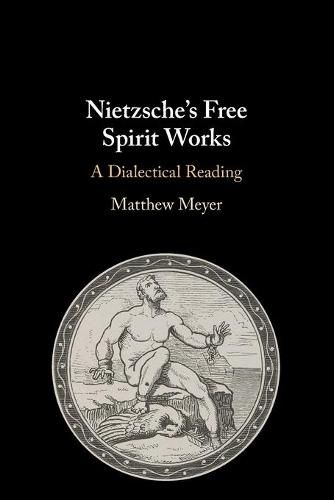Readings Newsletter
Become a Readings Member to make your shopping experience even easier.
Sign in or sign up for free!
You’re not far away from qualifying for FREE standard shipping within Australia
You’ve qualified for FREE standard shipping within Australia
The cart is loading…






Between 1878 and 1882, Nietzsche published what he called ‘the free spirit works’: Human, All Too Human; Assorted Opinions and Maxims; The Wanderer and His Shadow; Daybreak; and The Gay Science. Often approached as a mere assemblage of loosely connected aphorisms, these works are here re-interpreted as a coherent narrative of the steps Nietzsche takes in educating himself toward freedom that executes a dialectic between scientific truth-seeking and artistic life-affirmation. Matthew Meyer’s new reading of these works not only provides a more convincing explanation of their content but also makes better sense of the relationship between them and Nietzsche’s larger oeuvre. His argument shows how these texts can and should be read as a unified project even while they present multiple, in some cases conflicting, images of the free spirit. The book will appeal to anyone who is interested in Nietzsche’s philosophy and especially to those puzzled about how to understand the peculiarities of the free spirit works.
$9.00 standard shipping within Australia
FREE standard shipping within Australia for orders over $100.00
Express & International shipping calculated at checkout
Between 1878 and 1882, Nietzsche published what he called ‘the free spirit works’: Human, All Too Human; Assorted Opinions and Maxims; The Wanderer and His Shadow; Daybreak; and The Gay Science. Often approached as a mere assemblage of loosely connected aphorisms, these works are here re-interpreted as a coherent narrative of the steps Nietzsche takes in educating himself toward freedom that executes a dialectic between scientific truth-seeking and artistic life-affirmation. Matthew Meyer’s new reading of these works not only provides a more convincing explanation of their content but also makes better sense of the relationship between them and Nietzsche’s larger oeuvre. His argument shows how these texts can and should be read as a unified project even while they present multiple, in some cases conflicting, images of the free spirit. The book will appeal to anyone who is interested in Nietzsche’s philosophy and especially to those puzzled about how to understand the peculiarities of the free spirit works.